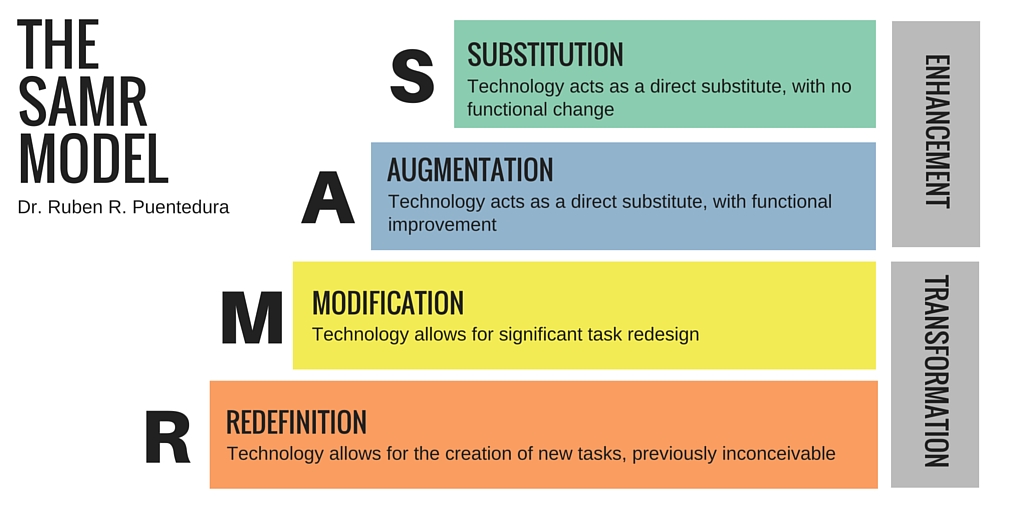Group Presentations
Semi-ConductorSemi-Conductor
The program that we decided to use was called Semi-Conductor. Essentially this program is an AI called PoseNet that specializes in real-time human pose estimation.
It is important to know that it isn’t accurate to real conducting, however, it is a great way to get learners familiar with how their body movement can affect the sound. Also, this program could be a great way to include students with disabilities by creating a platform where they can explore music without necessarily having to learn how to play an instrument which is a very challenging process.
You could use this in your music class by getting students to learn the program by scaffolded instruction from the instructor. It gives students the experience of social awareness and can be a really fun and interactive activity to explore. You could use this in a middle school exploratory where some of the students may not have bought into music yet to get them involved in an activity.
Some disadvantages are that you do have to rely on your school providing computers, or your students having computers to try this application which might not be accessible in all schools. Another disadvantage is that there is only one person at a time and at the moment there is only one song available. This means you would have to let the kids wait their turn or rely on them all having computers to try it out.
This is a cross-curricular activity as you could use this in other classes besides music. PHE comes to mind and this could be a very fun recreational activity that students could enjoy instead of having to play a sport. This could be accessible for many learners who have challenges with physical education.
Overall this program is still in the beginning stages so there are many things that could be added in. It is important to realize that it will only get better over time as they refine the program. I still think it is a cool program to show students that they will buy into the software regardless of it needing some upgrades.


























